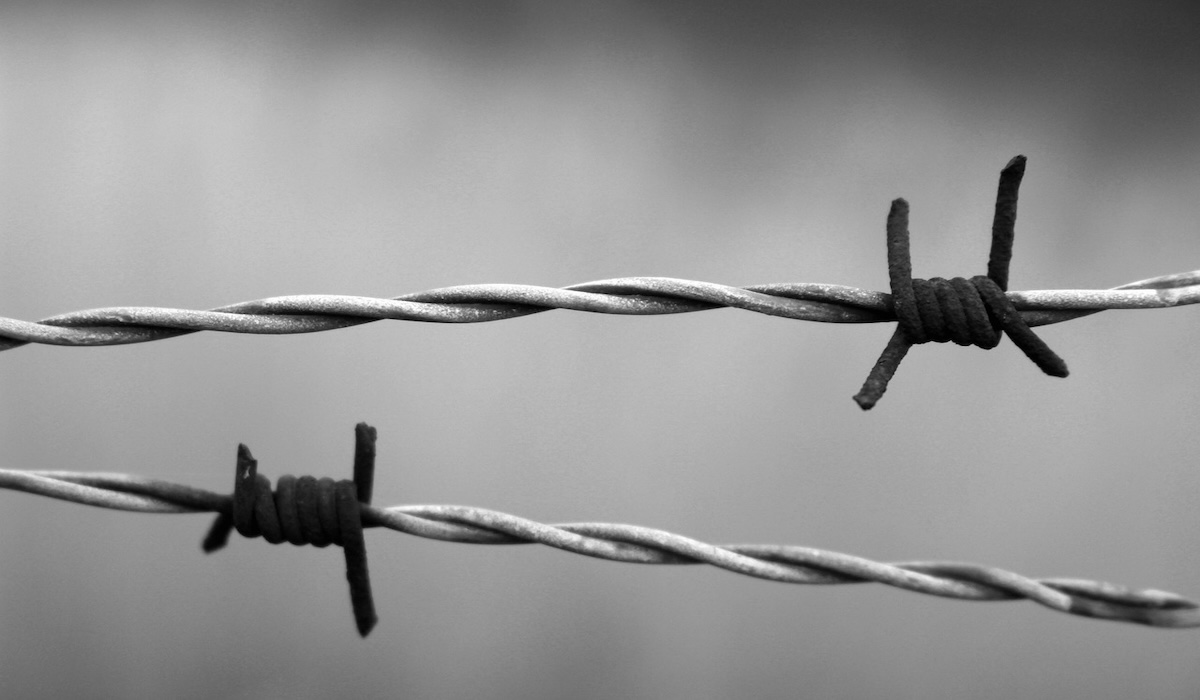(image credit to CarlottaSilvestrini on Pixabay)
“That such remoteness from reality and such thoughtlessness can wreak more havoc than all the evil instincts taken together which, perhaps, are inherent in man—that was, in fact, the lesson one could learn in Jerusalem”- Hannah Arendt, Eichmann in Jerusalem: A Report on the Banality of Evil.
If German-Jewish philosopher Hannah Arendt’s theory on The Banality of Evil, written during the trial of Holocaust perpetrator Adolf Eichmann, were a hypothesis, then Jonathan Glazer’s new film, The Zone of Interest, would be an experiment that tests it into action. The Zone of Interest feels almost meta; the film is loosely based on the book of the same name, written by Martin Amis, which itself is loosely based on the real-life Rudolf and Hedwig Höss (played by Christian Friedel and Sandra Hüller), the former being commandant of the infamous Auschwitz concentration camp. Glazer risks audiences sympathizing with the protagonists by choosing not to depict the fictional characters from the book but instead the real-life people. A risk that paid off in the end.
It’s safe to say that the film does not shy away from the crimes committed by its Nazi main characters; one scene has Nazi officers glibly chatting about how to murder Hungary’s Jewish population, with Höss leading the discussion. Hedwig off-handedly comments that some have nicknamed her “the Queen of Auschwitz” as if she were crowned prom queen at a local high school. The film shows the characters honestly: how they interacted with those they deign lower than themselves: cold, uncaring, ruthless; or, the family dynamic: warm, caring, and, most interesting of all, loving.
It’s funny to call Nazis loving, or caring, for that matter. Not funny in a “that was hilarious” way, but more in an uncanny way. You know, that dark, sinister feeling that lingers at the back of your head? That kind of “funny.” A deadly irony. One where Höss takes his children out of the river flowing with the ashes of his victims.
This feeling is further exacerbated by the sound design. Every scream, gunshot, or wail the audience hears in the background is carefully woven into the film; when the Höss family is having a peaceful time together in the garden, the sounds of blood-curdling screaming can be heard. But not seen.
None of the atrocities committed by the Hösses or their compatriots are ever shown on screen. It’s not done to soften their image or excuse what they did, especially Rudolf. But instead, the film emphasizes how normal they thought their behavior was. In a sickening scene toward the end of the film, Höss tries to make himself sick thinking about the actions he committed. He can’t. And that is just as, if not more, terrifying than what is standardly depicted in a Holocaust movie.
However, is The Zone of Interest effective in what it aims to do? Is the audience horrified based on what they knew beforehand about the atrocities committed by the Nazi regime? Or does the film make viewers think about the horror then, as well as the horror now? How often do we ignore the sounds of screaming that we cannot see to continue living our peaceful lives? If the audience even considers these questions, the film did its job. If not, what is it trying to say about the past or the present?









